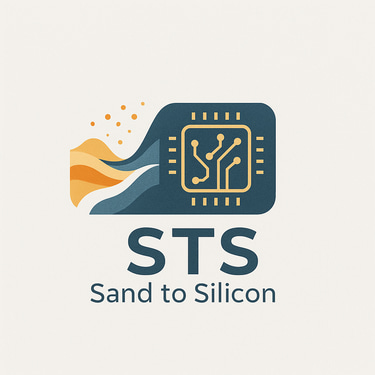Should Cost
Should Cost Analysis for Semiconductor Components: A Guide with Examples & Calculator
Introduction
In the world of electronics, understanding the real cost of semiconductor components is critical for driving margin, making smart sourcing decisions, and negotiating effectively with suppliers. Yet, too many organizations rely solely on supplier quotes or outdated price lists. Enter Should Cost Analysis—a structured, data-driven approach to calculating what a semiconductor component should cost, based on its true cost drivers.
What is Should Cost Analysis?
Should Cost Analysis estimates the fair price of a component by analyzing its core cost elements—materials, manufacturing, assembly, testing, and non-recurring engineering (NRE). For semiconductors, this means factoring in die size, process node, yield, packaging, test, and engineering costs, rather than just accepting what’s on the quote sheet.
Benefits include:
Better supplier negotiations
Transparent cost benchmarking
Design-for-cost improvements
Informed sourcing decisions
Why Does It Matter for Semiconductors?
Semiconductor pricing is uniquely complex. Costs can swing widely based on:
Process node (e.g., 180nm vs. 28nm)
Die size (mm² of silicon)
Production volume
Yield rates (good dies per wafer)
Package type (QFN, BGA, FCBGA, etc.)
Test complexity
NRE and mask costs
Without a should cost model, you may overpay or miss opportunities to reduce spend through smarter design or negotiation.
How to Conduct Should Cost Analysis for Semiconductor Components
A good should cost analysis includes:
Gathering Key Inputs: Process node, die size, volume, package, test complexity, and NRE.
Estimating Major Cost Elements: Wafer, assembly, packaging, test, and NRE (spread across your volume).
Calculating Unit & Total Cost: Sum all elements, then divide by total volume for per-unit cost.
Real-World Examples
Here are three illustrative examples:
Conclusion
Should Cost Analysis is a powerful tool for anyone sourcing, designing, or manufacturing semiconductors. By understanding real cost drivers, you can negotiate with confidence, optimize designs for cost, and drive better business results.
Ready to optimize your semiconductor sourcing or want a custom cost analysis?
Let’s connect!
